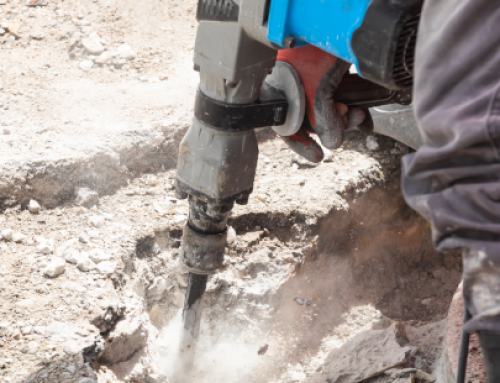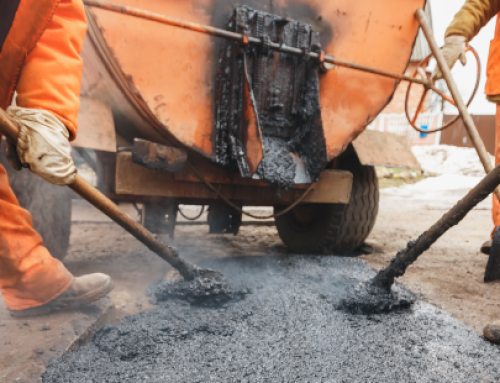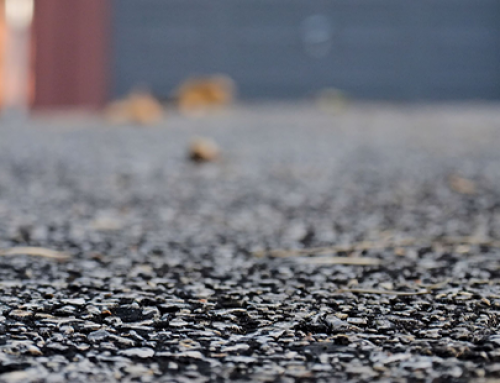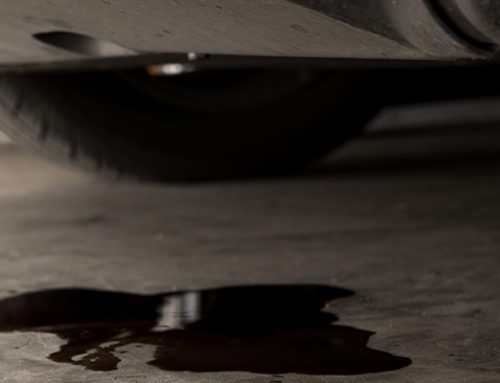We understand that installing a new parking lot or repaving an existing parking lot is a substantial investment in both money and time. But it’s also an excellent long-term investment for businesses of all sizes. A new asphalt parking lot can significantly boost your property’s value and transform the appearance of your business.
If you’ve ever driven by a new commercial property construction site, you’ve probably seen part of the parking lot paving process. There are several steps involved, and each step relies on the previous step to ensure the longevity of your asphalt parking lot.
Here is a quick step-by-step guide on how new asphalt parking lots are installed:
Step 1: Permits, Preparation, and Marking
After you’ve chosen a reputable and experienced paving contractor, they will obtain the necessary permits and have the utility company come out to mark where their lines are buried. It’s helpful to see your current parking lot after a rainstorm, so your contractor can see any areas of standing water and fix the sub-base.
Step 2: Surface Milling (if needed)
To provide a solid surface for the new pavement, any existing asphalt needs to be removed down to the subgrade layer. If it’s not, old cracks will start to show through the newly laid asphalt – this can happen in just a few months.
Then, the subgrade layer will be inspected for any weaknesses or flaws. If it’s found to be unstable, the subgrade layer will be milled out and replaced with recycled aggregate.
Step 3: Grading and Base Layer
The most important part of your new asphalt installation is the sub-base. If the sub-base is unstable, your parking lot will also be unstable. Pouring asphalt on a weak sub-base layer is like building a house on a poor foundation. There are no second chances to get it right. The base material needs to be continuously evaluated and analyzed during installation to make sure it’s compacted properly. Throughout the installation, it must also be assessed for pitch to ensure there is no standing water.
Step 4: Asphalt Pouring
Now the surface layer of asphalt is ready to be poured. Hot asphalt mix is brought to the site in a dump truck and put into an asphalt paving machine. The machine pours the asphalt in passes that range from 8-20 feet wide. This process is monitored for even and consistent pouring and proper water drainage slope.
Step 5: Compaction
The final step in the asphalt installation process is compacting the poured asphalt. The new pavement surface is compacted using a combination of asphalt vibratory rollers that range from 3-10 tons.
Step 6: Pavement Marking
Once all the paving is complete, it’s time for the parking space lines to be measured and painted. It’s important to ensure the parking stripes are clean, evenly spaced, and bright since this is one of the first things customers notice when they arrive at your business.
If you’re in the market for a new asphalt parking lot, contact us today for a free consultation and estimate. We have several asphalt options to accommodate your style preference and budget. Other local companies only offer basic asphalt installation, but we take care of everything – down to the parking space striping! For over nine years, Premium Asphalt Paving & Sealcoating has provided first-class parking lot services to businesses in College Station and the surrounding areas. We’d love to work with you on your next paving project!








